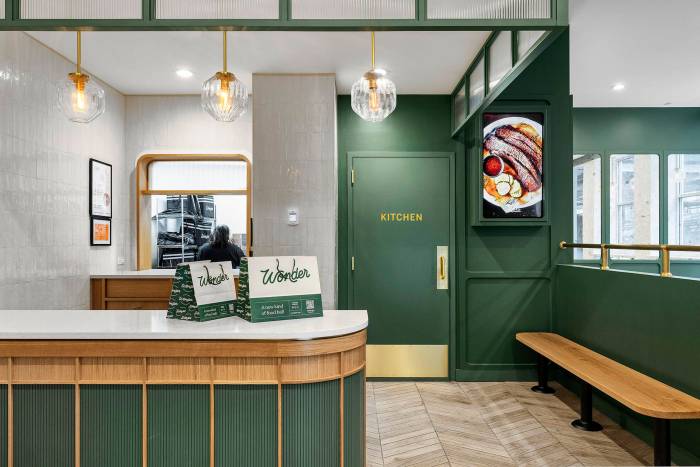
Central Island Healthcare, a sub-acute rehabilitation and nursing center located at 825 Old Country Rd. in Plainview, held a gala affair recently to celebrate the opening of its new $1 million therapy gym and grand entranceway as part of a bid to bring their facilities to the cutting edge of 21st century medical science and effectiveness.
Central Island, certified to hold up to 202 residents at any given time, originally opened its doors in 1969 and for more than 50 years, it has seen many patients come and go while on the road to recovery. It holds the distinction of being one of the first facilities of its kind on Long Island to offer sub-acute treatment—comprehensive inpatient care designed for someone who has an acute illness or injury—to nursing home residents, with the hope that eventually they will be able to leave and resume a normal life, freed from the limitations imposed upon them by their respective conditions.

Of course, the greatest enemies of any brick-and-mortar structure are that of time and the elements. To that end, Central Island has been meticulous in its upkeep, performing routine maintenance and renovations not only to keep the building in tip-top condition, but to stay at the forefront of medical technology. The most recent aspect of the building to receive a face lift has been the two-year long creation of a new and innovative therapy gym, according to Central Island Healthcare administrator Arthur Bodea.
“Around 12 years ago, a lot of the residents’ rooms were renovated, but the rehabilitation area basically stayed the same until now,” he said. “Now we have moved the rehabilitation area to the front of the building and moved the administrative offices downstairs. We feel it’s more important for the residents to be up here. The rehabilitation area is brand new and we even moved the building’s grand entranceway to accommodate it. It was a two-year process that we started in 2015—there was a lot of noise, a lot of dust, but the end result is phenomenal.”
The new therapy gym, in addition to having the usual weights, equipment and exercise machines that you would expect in such a facility, also comes with a few bells and whistles that you wouldn’t expect—additions that are intended to help patients acclimate in terms of once again performing simple, everyday tasks after a bout with a serious injury or illness, according to Moshe Shirazi, medical director for Central Island Healthcare.

“The rehab area has expanded in size. It’s roomier, with lots of windows so there’s sunshine coming in, more equipment for the patients to use and we have a kitchen, a laundry room, a bedroom, a bathroom. All of the equipment that you would have in a regular house, so people can come in and practice and use it,” he said. “We may have people who have been in motor vehicle accidents or had a hip replacement and they may not be able to get up and do their routines like they did before. So we have things like a kitchen with a sink and a stove, a laundry area with a washer and dryer, a bedroom with a bed, a bathroom with a shower, and patients can practice in this area before they get discharged so they are comfortable about going home and using the same equipment.”
But it’s not just household tasks that Center Island prepares their patients for. They’re also prepared to navigate everyday obstacles that they may encounter when they go out and about into the real world as well. Occupational therapy director Linda Pelsinger showed off the therapy room’s novel Central Market, which allows patients to practice simple tasks such as grocery shopping. That may not sound impressive to an able-bodied person, but to someone recuperating from a serious accident or injury, even the simple act of approaching a shelf and reaching to remove a box of Wheat Thins may seem insurmountable without the right therapy and support.
“We want to help patients know what it’s like the next time they go and shop and try to take food from a shelf. We have shelves here set up with food which they have to remove, put into a cart and take over to a register,” Pelsinger said. “It’s called Activities of Daily Living, or ADL. How will it be if you have to bend down to the bottom shelf to get something in a supermarket? Or reach up to the top shelf? What we do with physical and occupational therapy here is help people to recover their range of motion and strength and coordination after an accident, but we also help them with navigating everyday activities that most people take for granted. Going shopping, doing laundry, making a bed. That’s part of what we do here to help our patients reclaim their lives.”






























